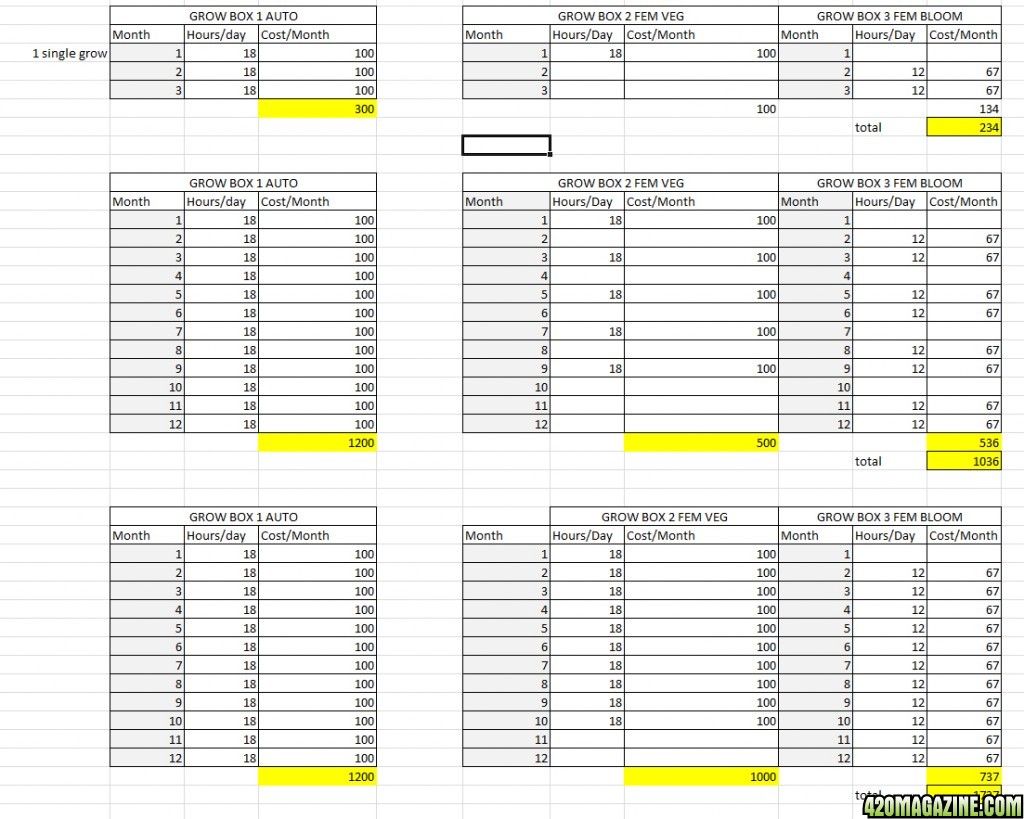one other benefit, you NEVER run out of hot water.
That beats my solution of only running the (tank) water heater when I
NEED hot water, then taking progressively colder showers the rest of the week, lol.
The only downside is it needs yearly maintenance flush and interior dusting which you can do yourself if you're a little handy.
ALL water heaters need to be flushed, at least a little bit. For those who live in an area that has calcium/sediment in the water, I would suggest that it should be done more often than yearly. Especially if the water heater in question is an old style (tank) type - they seem to be great sediment traps. So much so that in models that were several years old that were cut open, up to several
inches of hardened, built-up sediment has been observed.
With a gas water heater, the burner is on the bottom - under the sediment layer (obviously). As has been mentioned, these are not the most efficient things in the world, anyway. Imagine how much less efficient one becomes if it has to heat the relative trickle of water that has made its way down through the layer of sediment/calcium - which then boils and is forced up through that sediment to mix with and exchange its heat with the bulk of the water in the tank. "Fresh" water makes its way down through the sediment layer where it gets heated. Rinse, lather, repeat, as they say. If you are wondering why your gas water heater makes odd snap/crackle/pop noises, while your friend's is more or less silent... that is most likely the reason.
If you live in an area where you have to (or
should 
) use white vinegar once a month in your drip coffeepot (just run a cycle normally, only do not add coffee grounds to the filter and use vinegar in place of water - then look at all the crap that ends up on the filter!) in order to keep it functioning like a new one, well... you should be draining a few gallons of water - and a lot of sediment - from your water heater just as often. Plus, I have a theory that if one only operates that drain valve once a year, it tends to begin leaking much quicker than if it was operated more regularly, lol.
And if you have an electric water heater <SHUDDERS!>, remember to replace those sacrificial anodes! They are there - and called
sacrificial :rolleyes3 - for a reason. You are spending too much money heating your water with electricity as it is, lol. Do not compound the problem by trying to do it with heating elements that have been partially eaten away because your sacrifical anode no longer exists in any functional sense.
One more thing: Make sure your water heater installation has heat traps. Either those things they sell at the store... a setup where the lines come up, elbow, go a short distance, and elbow back down... or (if you are paranoid?) both. This keeps the hot water in your tank water heater from heating the water in your hot - and cold, lol - water line via convection. In "the old days," it was not terribly unusual to see one install their hot water line from the tank in such a way that there was NOT a heat trap, in order that when one turned on the hot water faucet in that upstairs bathroom, one had hot water much quicker (because the water in that line was being constantly heated). But this is a horrible money-waster! If your tank was installed by a plumber who had at least two functioning brain cells, this should not be an issue. But if you did it yourself and did not know - or stop to think about it - then it is possible. And it only takes a moment to go to your water heater and look at how the lines are where they enter/exit. Err... If this is clear as mud, just do a web search for hot water tank "heat trap" and you will see images, a Wikipedia article, et cetera.








 ) use white vinegar once a month in your drip coffeepot (just run a cycle normally, only do not add coffee grounds to the filter and use vinegar in place of water - then look at all the crap that ends up on the filter!) in order to keep it functioning like a new one, well... you should be draining a few gallons of water - and a lot of sediment - from your water heater just as often. Plus, I have a theory that if one only operates that drain valve once a year, it tends to begin leaking much quicker than if it was operated more regularly, lol.
) use white vinegar once a month in your drip coffeepot (just run a cycle normally, only do not add coffee grounds to the filter and use vinegar in place of water - then look at all the crap that ends up on the filter!) in order to keep it functioning like a new one, well... you should be draining a few gallons of water - and a lot of sediment - from your water heater just as often. Plus, I have a theory that if one only operates that drain valve once a year, it tends to begin leaking much quicker than if it was operated more regularly, lol.